Konkani cuisine, originating from the Konkan coast of western India, is renowned for its vibrant flavors, fresh seafood, and diverse culinary influences. Characterized by its generous use of coconut, spices, and tangy tamarind, Konkani dishes offer a delightful balance of sweet, sour, and spicy flavors. Staple ingredients include rice, coconut, fish, and a variety of locally grown fruits and vegetables. Popular dishes include seafood delicacies like fish curry, crab masala, and prawn balchão, along with vegetarian specialties like sol kadhi (coconut milk-based drink) and ambat (tangy vegetable stew). Konkani cuisine reflects the region's rich cultural heritage and is cherished for its bold flavors and aromatic spices.
Patrode
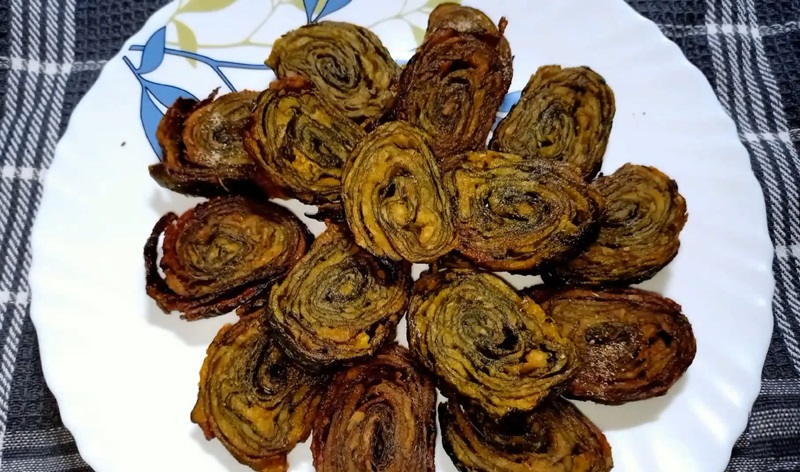
Patrode holds a special place in Konkani cuisine, particularly among the Gaud Saraswat Brahmin community. This traditional dish consists of colocasia leaves, also known as chevu in Tulu, taro, kesuve, or arbi, filled with a mixture of gram or rice flour and an array of flavorful ingredients.
The stuffing is seasoned with spices, tangy tamarind, and the natural sweetness of jaggery (raw sugar), imparting a harmonious blend of flavors to the dish. Once the leaves are generously coated with the filling, they are carefully rolled and steamed to perfection.
Patrode is not only cherished for its exquisite taste but also valued for its health benefits and cultural significance. It is often prepared during festivals, auspicious occasions, and family gatherings, symbolizing unity and togetherness within the community. This delectable delicacy showcases the rich culinary heritage of the Konkani-speaking regions and continues to be a beloved dish enjoyed by generations.
Solkadhi
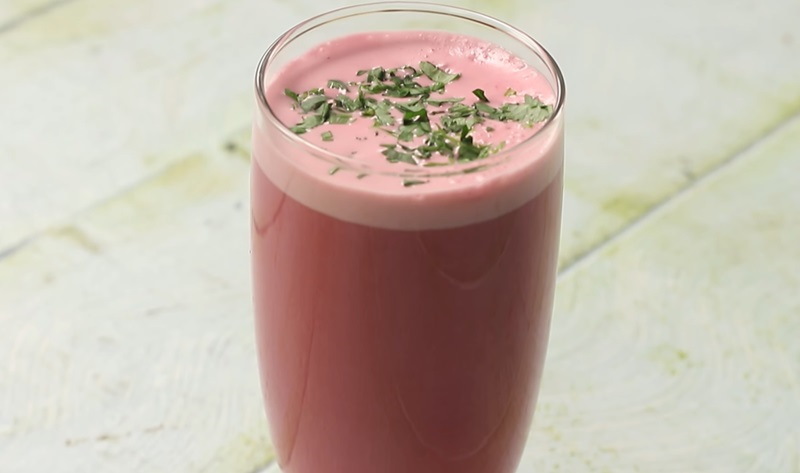
Solkadhi, a refreshing beverage hailing from the Indian subcontinent, is a beloved appetizer often paired with rice or enjoyed as a standalone drink. This culinary gem is particularly popular in the Konkan regions, notably Goa and coastal Maharashtra.
Crafted from a delightful blend of coconut milk and dried kokum skins, solkadhi boasts a distinctive deep purple-pink hue, thanks to the anthocyanin pigments found in kokum. To prepare this invigorating concoction, fresh coconut milk, extracted from grated coconut, serves as the base. It is then infused with the tangy essence of kokum, balanced with a touch of salt, and enlivened with a hint of chili-garlic paste for added flavor and probiotic goodness.
Solkadhi's harmonious medley of flavors and soothing properties make it a cherished beverage, not only for its taste but also for its digestive benefits. Whether enjoyed as a prelude to a meal or savored as a post-meal refresher, solkadhi encapsulates the essence of coastal cuisine and continues to captivate palates with its unique blend of tropical flavors.
Sanna
-1706513712.jpg)
Sanna, a beloved delicacy originating from the Konkan region, is a spongy, steamed dumpling renowned for its savory flavor and unique texture. Traditionally crafted from a blend of red rice, black lentil, and coconut, sannas embody the rich culinary heritage of the area.
The preparation of sannas varies slightly between Hindu and Catholic communities. Hindus typically ferment the batter using urad dal, coconut water, and coconut milk, while Catholics employ different types of toddy extracted from coconut flowers or palm sap.
These delectable dumplings hold a special place in both communities' culinary traditions, often prepared during festive occasions such as Ganesh Chaturthi, Makar Sankranti, and Sonsar Padvo/Yugadi for Hindus, and church feasts, christenings, and weddings for Catholics.
While sannas were traditionally enjoyed year-round, modern constraints such as the unavailability of toddy and the labor-intensive process of extracting fresh coconut milk have relegated them to occasional delicacies, cherished and savored during Konkani celebrations as a nostalgic reminder of culinary traditions past.
Kombdi Vade
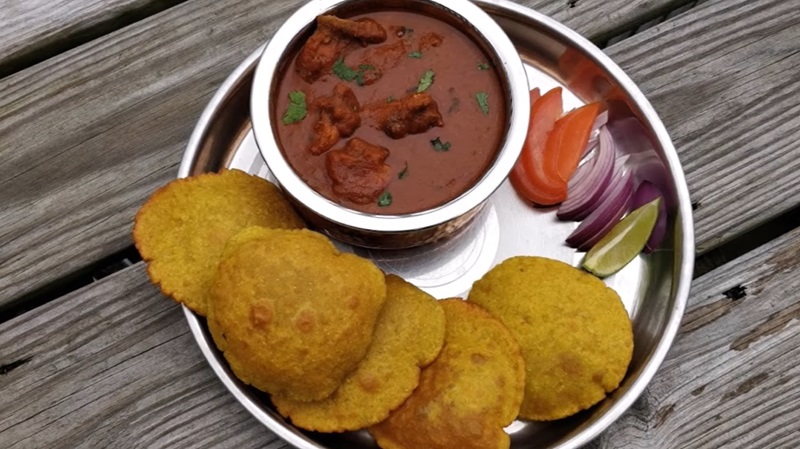
Kombdi vade, a beloved culinary delight hailing from the Konkan region of Maharashtra, is a dish steeped in tradition and flavor. This iconic dish features a delectable combination of tender chicken curry, fragrant vade (fried dumplings made from rice flour, and occasionally wheat and Ragi flour), onions, zesty lemon juice, and creamy solkadhi—a gravy crafted from coconut milk.
Typically enjoyed during special occasions such as "Dev Diwali," "Gauri Ovase," "Gatahari (Deep Amavasya)," and "Shimga" in the Ratnagiri, Raigad, and Sindhudurg districts of Konkan, Kombdi vade embodies the rich culinary heritage of the region.
The marriage of succulent chicken pieces with fluffy vade and the indulgent flavors of coconut-infused solkadhi creates a symphony of taste and texture that delights the senses. Whether savored during festive gatherings or cherished family meals, Kombdi vade holds a cherished place in the hearts and palates of those who appreciate the authentic flavors of Konkani cuisine.
Patoleo
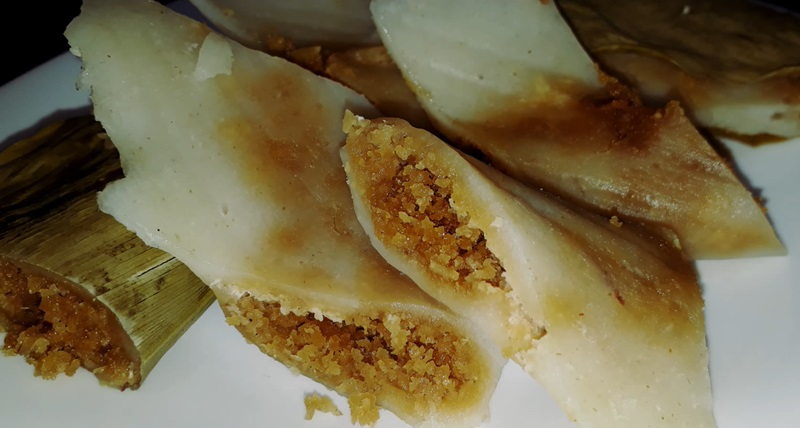
Patoleo, a cherished delicacy along the western coast of India, are exquisite stuffed turmeric leaf wraps, lovingly prepared in Konkani households. These delectable treats are steeped in tradition and flavor, with a filling comprising freshly shredded coconut, rice flour paste, and palm jaggery.
Konkani-speaking Hindus observe special occasions like the second Sunday of Shravan, Nag Panchami, and Hartalika by making Patoleo, while salt-free versions are offered to the goddess Parvati during her pregnancy cravings, as per legend.
Goan Catholic Patoleo, on the other hand, feature parboiled rice paste smeared onto fresh turmeric leaves, filled with a delightful mixture of grated coconut and coconut jaggery.
Wrapped in aromatic turmeric leaves and steamed to perfection, Patoleo epitomize the rich culinary heritage of the region, serving as a beloved treat enjoyed during festive celebrations and cherished family gatherings.
Kadboli

Kadboli, a beloved traditional snack hailing from the scenic Konkan region of India, delights taste buds with its savory flavors and crisp texture. Crafted from a harmonious blend of chickpea, moong, urad, and rice flour, this culinary gem is seasoned to perfection with a tantalizing mix of spices like ajwain, chili, or cumin, lending it a distinctive taste.
The preparation of Kadboli involves skillful craftsmanship, as the dough is intricately shaped into spirals or intricate patterns before being fried to golden perfection.
This savory delicacy holds a special place in Konkani cuisine, often enjoyed as a tea-time treat or served during festive occasions and gatherings. Its addictive crunch and flavorful profile make it a popular choice among snack enthusiasts, offering a delightful burst of flavors with every bite.
Kadboli, whether enjoyed solo or alongside a steaming cup of tea, epitomizes the culinary legacy of the Konkan region, enticing taste buds with its irresistible flavor and texture.
Khatkhate Curry
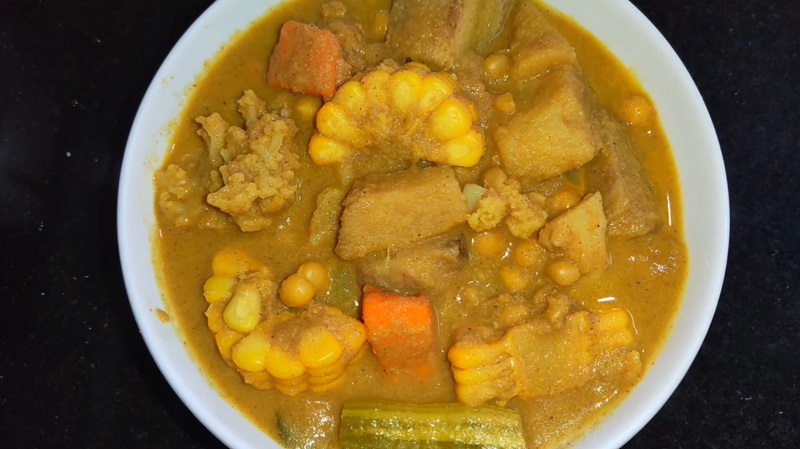
Khatkhate Curry, a beloved dish hailing from the Konkani and Goan culinary traditions, is a delectable mixed vegetable stew celebrated for its exotic flavors. Typically reserved for festive occasions like weddings and religious ceremonies, this curry boasts a vibrant medley of at least five vegetables, including sweet potato, corn on the cob, carrots, pumpkins, radish, and potato. Enhanced with grated coconut, kokum, tamarind, jaggery, tirphala (Sichuan pepper), garam masala powder, dried red chili, and turmeric powder, each ingredient contributes to its rich and aromatic profile.
The careful blend of spices and the use of seasonal vegetables infuse Khatkhate Curry with a distinctive taste that delights the palate. Whether served as a main dish or alongside steamed rice, this curry embodies the essence of Konkani and Goan cuisine, offering a tantalizing culinary experience that lingers long after the last spoonful.
Dalithoy
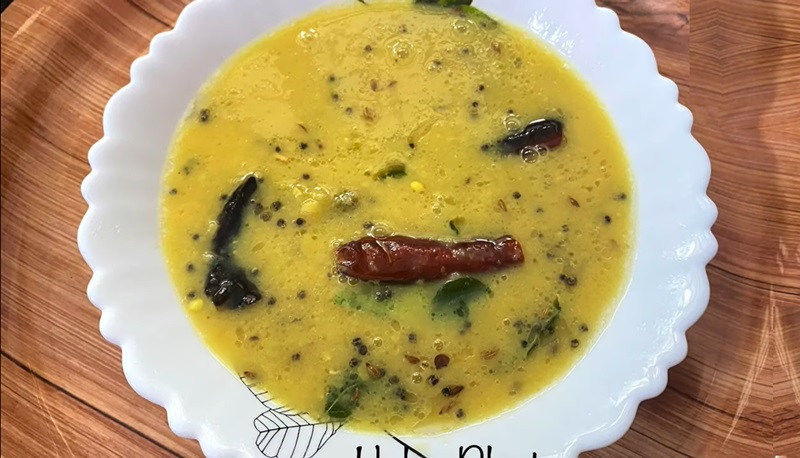
Dalithoy, known locally as Daali Toy, represents a staple dish in the culinary landscape of the Konkan region, offering simplicity and wholesomeness in every spoonful. This traditional soup is crafted from split yellow lentils, known as daal, simmered to perfection to create a nourishing and flavorful broth. "Daali," the Konkani term for lentil, aptly describes the key ingredient that forms the heart of this dish.
Prepared with minimal ingredients yet bursting with comforting flavors, Dalithoy exemplifies the essence of Konkani cuisine. Beyond its simplicity, this soup is celebrated for its nutritional benefits, offering a rich source of protein and essential nutrients. Whether enjoyed as a light and soothing meal on its own or paired with steamed rice, Dalithoy embodies the culinary ethos of the Konkan region, providing both sustenance and satisfaction to those who relish its humble yet gratifying taste.
Surnoli
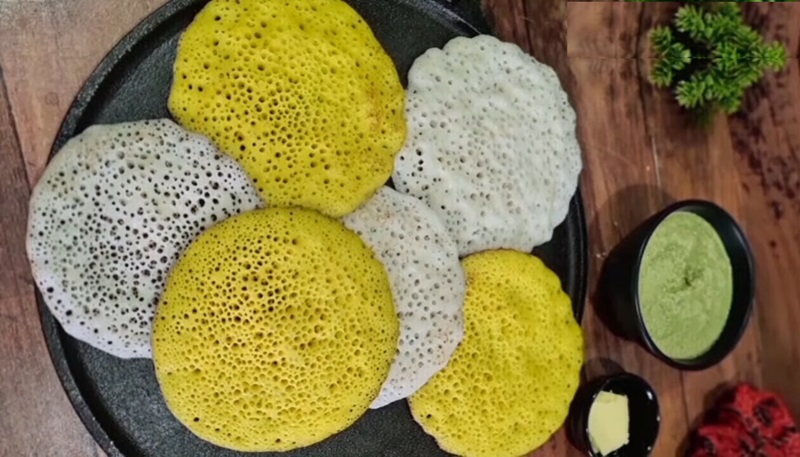
Surnoli, a beloved delicacy among the Konkani community, represents a delectable sweet pancake revered for its unique texture and flavor. This traditional dish, often associated with the Saraswat Brahmin cuisine, holds a special place in breakfast and tea-time rituals.
Characterized by its puffy texture, golden hue, and distinctive appearance with holes, Surnoli pancakes typically span about 10 inches in diameter. These pancakes are a delight to the senses, offering a harmonious blend of sweetness and subtle coconut undertones.
Crafting Surnoli batter involves the meticulous process of grinding soaked rice, buttermilk, jaggery, poha (flattened rice), coconut, and turmeric into a smooth paste. After fermenting overnight to enhance its flavors, the batter is skillfully cooked on a griddle, covered, until perfectly golden on one side.
Served with a dollop of homemade butter, Surnoli pancakes evoke a sense of warmth and nostalgia, inviting enthusiasts to savor each delightful bite and relish the rich culinary heritage of the Konkani culture.
Dhondas
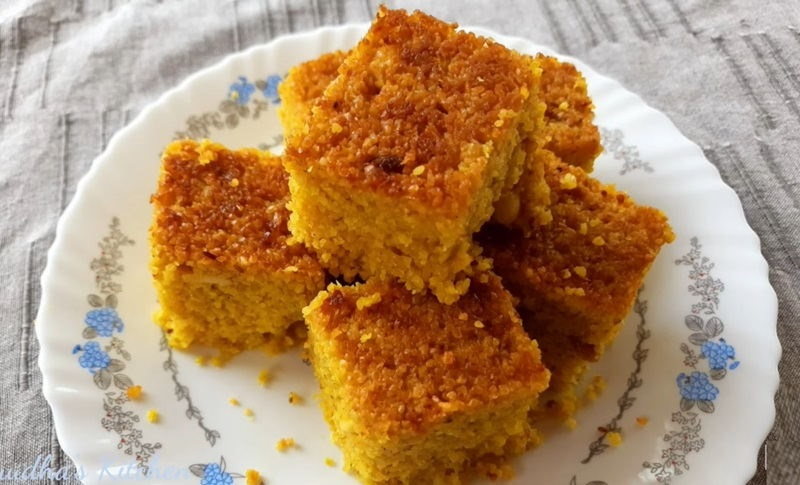
Dhonas, a cherished Indian sweet, embodies the essence of traditional culinary craftsmanship, blending wholesome ingredients to create a delightful treat. This delectable confection is crafted from a harmonious medley of jackfruit or cucumber, rava (semolina), coconut, and jaggery, each contributing its unique flavor and texture to the final dish.
The preparation of Dhonas begins with the careful selection and blending of ripe jackfruit or cucumber, which lends its distinct aroma and sweetness to the recipe. Combined with the nutty essence of rava, the rich creaminess of coconut, and the natural sweetness of jaggery, the mixture is transformed into a luscious batter.
Once the batter is prepared, it is skillfully cooked to perfection, resulting in a tender and moist dessert with a delicate crumb. Dhonas delights the palate with its subtle sweetness and irresistible fragrance, making it a favorite indulgence for festive occasions, family gatherings, and celebratory feasts.
With its captivating flavor profile and comforting texture, Dhonas stands as a beloved testament to the culinary heritage of India, inviting enthusiasts to savor its exquisite taste and cherish the memories it evokes.
Oondees
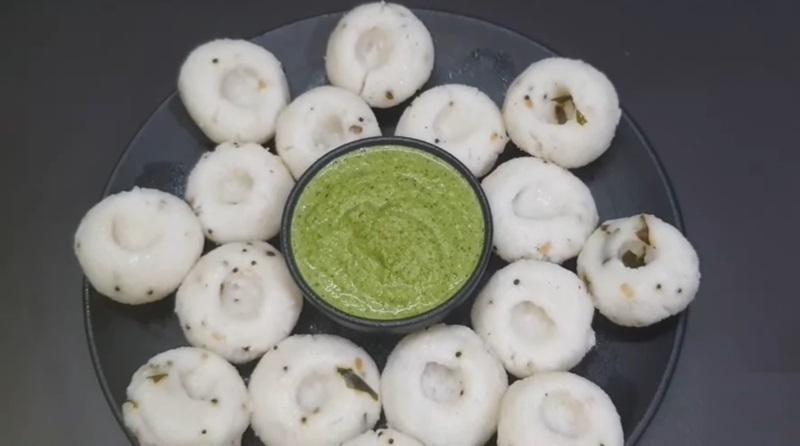
Oondees, a cherished breakfast delicacy, offer a delightful start to the day with their unique texture and comforting flavors. These spherical delights, typically around 4 inches in diameter, boast a semi-soft texture that tantalizes the palate with each bite. They are traditionally crafted from semolina or rice, lending them a wholesome and satisfying appeal.
The preparation of Oondees involves a meticulous process, wherein the semolina is cooked with coconut, salt, sugar, and traditional spices until it reaches a semi-hard consistency. This aromatic mixture is then carefully shaped into perfectly rounded spheres and steamed to perfection.
While some variations may include additional ingredients such as coconut or sugar for added sweetness, the essence of Oondees lies in their simplicity and traditional charm. Whether enjoyed on their own or paired with a hot cup of tea, these delectable treats captivate the senses and evoke a sense of warmth and nostalgia. Oondees are not just a breakfast staple; they are a cherished culinary tradition that brings joy to every bite.
Modak
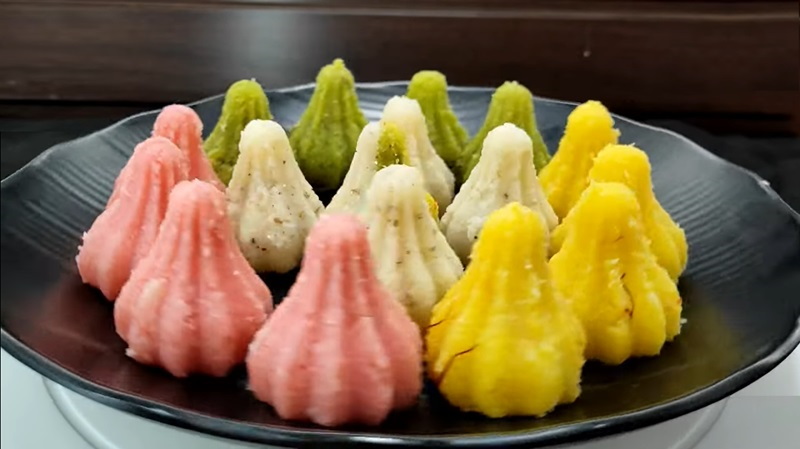
Modak is a traditional Indian sweet dumpling commonly associated with the Hindu festival of Ganesh Chaturthi. The preparation of Modak involves a process where sweet filling, typically made from grated coconut and jaggery, is encased in a soft, rice flour dough. The dumplings are then steamed or fried until they attain a tender texture. They are often shaped like a budding flower, with intricate folds, symbolizing the auspiciousness of the occasion.
Modak comes in various flavors and variations, including coconut, jaggery, and nut-filled versions, each offering a unique blend of sweetness and richness. It is believed that Lord Ganesha, the elephant-headed deity revered as the remover of obstacles, particularly enjoys Modak, making it an essential offering during prayers and rituals dedicated to him.
Apart from its religious significance, Modak is cherished by people of all ages for its delectable taste and cultural heritage, serving as a delightful treat during festivals and special occasions.






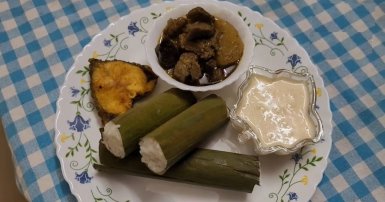
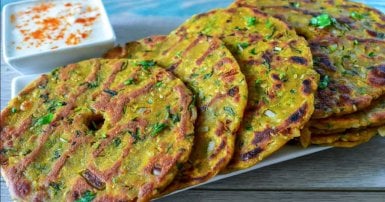
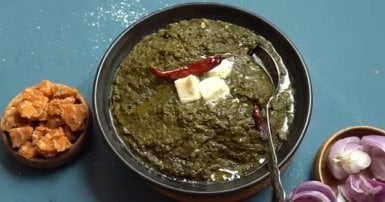
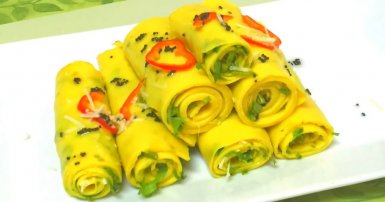
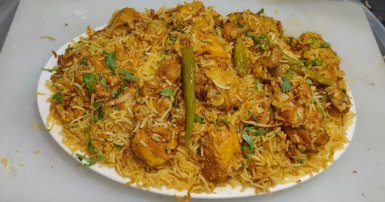
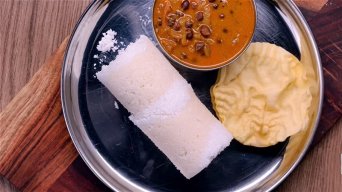

-1709813013.jpg)


